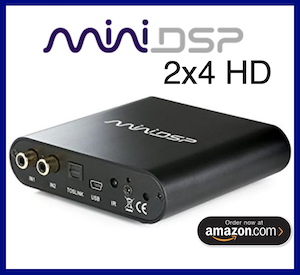splitradix
Registered
Thread Starter
- Joined
- Feb 6, 2021
- Posts
- 1
More
- Other Equipment
- Cirklon
I am looking for some advice on the best way to read a waterfall measurement when trying to identify areas for correction.
My studio is in an asymmetrical room which is not idea, but I have treated it pretty well in my amateur opinion, with GIK Acoustics basstraps and broadband absorbers, Hofa basstraps, a Primacoustic London 12 kit (mostly for non bass stuff) and about three Realtrap panels.
When I take an REW measurement and look at the waterfall, what is the most useful db range to be looking at when trying to identify problem areas to work on? (I've attached my latest measurement)
If I set the graph limit to go right down to 0db I obviously see more of the background ambient noise of the room as the REW test signal goes higher / ends. Does it make sense in general to keep the lower viewing db limit to 30db/40db or so when trying to figure out what area to treat in rooms? Thanks!
My studio is in an asymmetrical room which is not idea, but I have treated it pretty well in my amateur opinion, with GIK Acoustics basstraps and broadband absorbers, Hofa basstraps, a Primacoustic London 12 kit (mostly for non bass stuff) and about three Realtrap panels.
When I take an REW measurement and look at the waterfall, what is the most useful db range to be looking at when trying to identify problem areas to work on? (I've attached my latest measurement)
If I set the graph limit to go right down to 0db I obviously see more of the background ambient noise of the room as the REW test signal goes higher / ends. Does it make sense in general to keep the lower viewing db limit to 30db/40db or so when trying to figure out what area to treat in rooms? Thanks!












